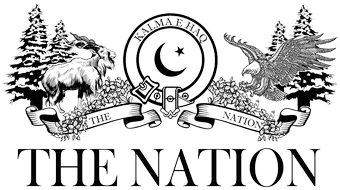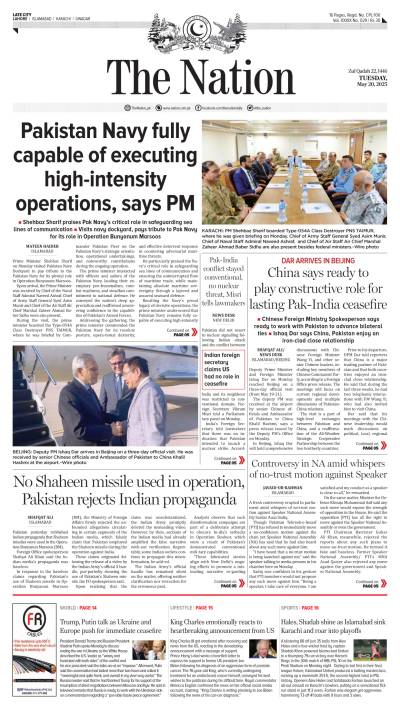ISLAMABAD - The Federal Government will increase allocation for Benazir Income Support Programme (BISP) by approximately 20pc to Rs 716 billion in the upcoming Federal Budget 2025-26.
The government has informed International Monetary Fund (IMF) that the allocation for the BISP will be enhanced by around Rs117 billion from the Rs. 598.71 billion for the fiscal year 2024-25 to Rs 716 billion in the upcoming fiscal year, IMF country report May 2025 for Pakistan said. “Our FY26 budget will include Rs 716 billion (0.5 percent of GDP) BISP allocation, a 20 percent nominal increase relative to FY25,” Pakistan told the IMF. This includes an increase in unconditional cash transfer (UCT) Kafaalat program benefits to adjust for anticipated annual inflation in 2025 (new end-January 2026 SB), allowing an increase in the quarterly benefit from Rs 13,500 to Rs 14,500 beginning in January 2026. It will also allow us to maintain the total number of enrolled households at 10 million.
The government is also working closely with the World Bank to enhance education and health and nutrition conditional cash transfer (CCT) programs, and with provinces to avoid overlap of BISP and provincial CCT programs; the FY26 budget will keep spending on these programs’ constant as a share of GDP.
The government is also continuing to gradually expand its new electronic payment model, which will allow greater choice for beneficiaries.
The other steps include provision of bank accounts, which will enable beneficiaries to build saving, in place in pilot districts by FY26Q1.
According to the report, the year’s BISP budget includes a significant increase in unconditional cash transfer (UCT), an effort which should continue. The larger envelope — a 27 percent nominal increase over FY24 —allowed for the January 2025 implementation (structural benchmark) of an increase in the quarterly UCT Kafaalat program benefit from PRs 10,500 to PRs 13,500.
According to the report, efforts need to be strengthened to improve provincial health and education spending capacity. Health and education spending, the large majority of which outside of social support programs is provincial, has declined since 2018. The FY25 budget targeted a modest increase in general government health and education spending to 2.4 percent of GDP.
However, execution has fallen short this year, particularly in Sindh and Khyber-Pakhtunkhwa, due to issues related to absorption.
Improved health and education outcomes are critical to boosting long-term growth; as such, provinces should improve efforts to execute spending in these areas, for which a similar amount should be allocated for FY26.





